Phylum Chordata | ||
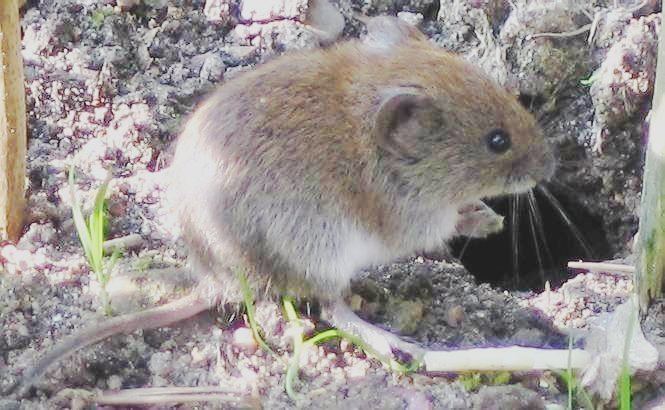 | ||
Representative species Heather vole, European water vole, Lagurus ovatus, Common vole, Balkan snow vole | ||
Vole facts facts about voles
A vole is a small rodent; a relative of the mouse, with a stouter body, a shorter, hairy tail, a slightly rounder head, smaller ears and eyes, and differently formed molars (high-crowned and with angular cusps instead of low-crowned and with rounded cusps). There are approximately 155 species of voles. They are sometimes known as meadow mice or field mice in North America and Australia. Vole species form the subfamily Arvicolinae with the lemmings and the muskrats.
Contents
- Vole facts facts about voles
- The mouse the vole
- Description
- Predators
- Lifespan
- Genetics and sexual behavior
- Inbreeding avoidance
- Empathy and consolation
- Vole clock
- Classification
- References
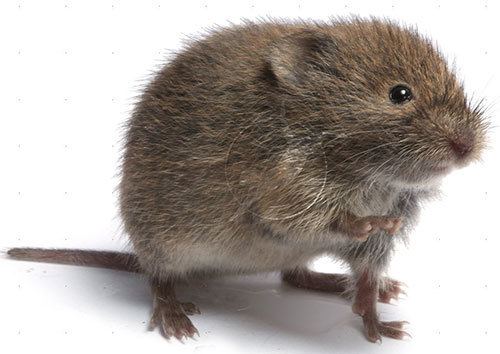
The mouse the vole
Description
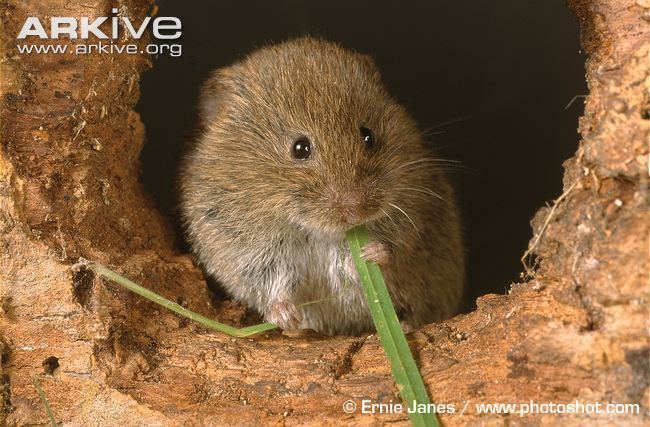
Voles are small rodents that grow to 3–9 in (7.6–22.9 cm), depending on the species. They can have five to 10 litters per year. Gestation lasts for three weeks and the young voles reach sexual maturity in a month. As a result of this biological exponential growth, vole populations can grow very large within a very short time. Since litters average five to 10 young, a mating pair can birth a hundred more voles in a year.

Voles outwardly resemble several other small animals. Moles, gophers, mice, rats, and even shrews have similar characteristics and behavioral tendencies. Since voles commonly use burrows with many exit holes, they can be mistaken for gophers or some kinds of ground squirrels.
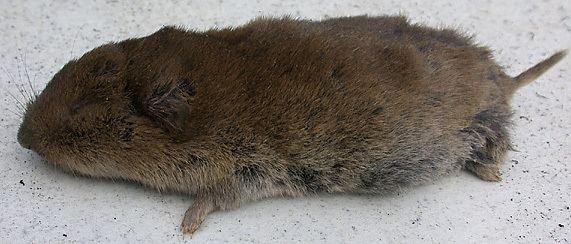
Voles thrive on small plants, yet like shrews, they will eat dead animals, and like mice or rats, they can live on almost any nut or fruit. Additionally, voles target plants more than most other small animals, making their presence evident. Voles readily girdle small trees and ground cover much like a porcupine. This girdling can easily kill young plants and is not healthy for trees or other shrubs.

Voles often eat succulent root systems and burrow under plants or ground cover and eat away until the plant is dead. Bulbs in the ground are another favorite target for voles; their excellent burrowing and tunnelling skills give them access to sensitive areas without clear or early warning. The presence of large numbers of voles is often only identifiable after they have destroyed a number of plants. However, like other burrowing rodents, they also play beneficial roles, including dispersing nutrients throughout the upper soil layers.
Predators
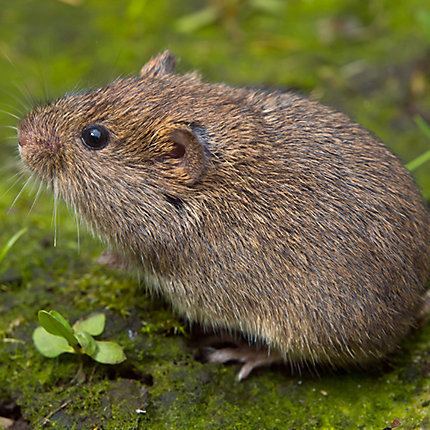
Many predators eat voles, including martens, raccoons, owls, hawks, falcons, coyotes, foxes, snakes, weasels, cats, and dogs. Vole bones are often found in the pellets of the short-eared owl, the northern spotted owl, the saw-whet owl, the barn owl, the great gray owl, and the northern pygmy owl.
Lifespan
The average life of the smaller vole species is three to six months. These voles rarely live longer than 12 months. Larger species, such as the European water vole, live longer and usually die during their second, or rarely their third, winter. As many as 88% of voles are estimated to die within the first month of life.
Genetics and sexual behavior
The prairie vole is a notable animal model for its monogamous sexual fidelity, since the male is usually faithful to the female, and shares in the raising of pups. The woodland vole is also usually monogamous. Another species from the same genus, the meadow vole, has promiscuously mating males, and scientists have changed adult male meadow voles' behavior to resemble that of prairie voles in experiments in which a single gene was introduced into the brain by a virus.
The behavior is influenced by the number of repetitions of a particular string of microsatellite DNA, and the same DNA sequence is found in humans. Male prairie voles with the longest DNA strings spend more time with their mates and pups than male prairie voles with shorter strings. However, other scientists have disputed the gene's relationship to monogamy, and cast doubt on whether the human version plays an analogous role. Physiologically, pair-bonding behavior has been shown to be connected to vasopressin, dopamine, and oxytocin levels, with the genetic influence apparently arising via the number of receptors for these substances in the brain; the pair-bonding behavior has also been shown in experiments to be strongly modifiable by administering some of these substances directly.
Voles have a number of unusual chromosomal traits. Species have been found with 17 to 64 chromosomes. In some species, males and females have different chromosome numbers, a trait unusual in mammals, though it is seen in other organisms. Additionally, genetic material typically found on the Y chromosome has been found in both males and females in at least one species. In another species, the X chromosome contains 20% of the genome. All of these variations result in very little physical aberration; most vole species are virtually indistinguishable.
Inbreeding avoidance
The grey-sided vole (Myodes rufocanus) exhibits male-biased dispersal as a means of avoiding incestuous matings. Among those matings that do involve inbreeding, the number of weaned juveniles in litters is significantly fewer than that from noninbred litters, indicating inbreeding depression.
Brandt’s vole (Lasiopodomys brandtii) lives in groups that mainly consist of close relatives. However, they show no sign of inbreeding. The mating system of these voles involves a type of polygyny for males and extra-group polyandry for females. This system increases the frequency of mating among distantly related individuals, and is achieved mainly by dispersal that occurs primarily during the mating season. Such a strategy is likely an adaptation to avoid the inbreeding depression that would be caused by expression of deleterious recessive alleles if close relatives mated.
Empathy and consolation
A recent study into the behavior of voles, Microtus ochrogaster specifically, found that voles comfort each other when mistreated, spending more time grooming a mistreated vole. Voles that were not mistreated had levels of stress-hormones that were similar to the voles that had been mistreated, suggesting that the voles were capable of empathizing with each other. This was further proven by blocking the vole's receptors for oxytocin, a hormone involved in empathy. When the oxytocin receptors were blocked this behavior stopped.
This type of empathetic behavior has previously been thought to only occur in animals with advanced cognition, such as humans, apes, and elephants.
Vole clock
The vole clock is a method of dating archaeological strata using vole teeth.
